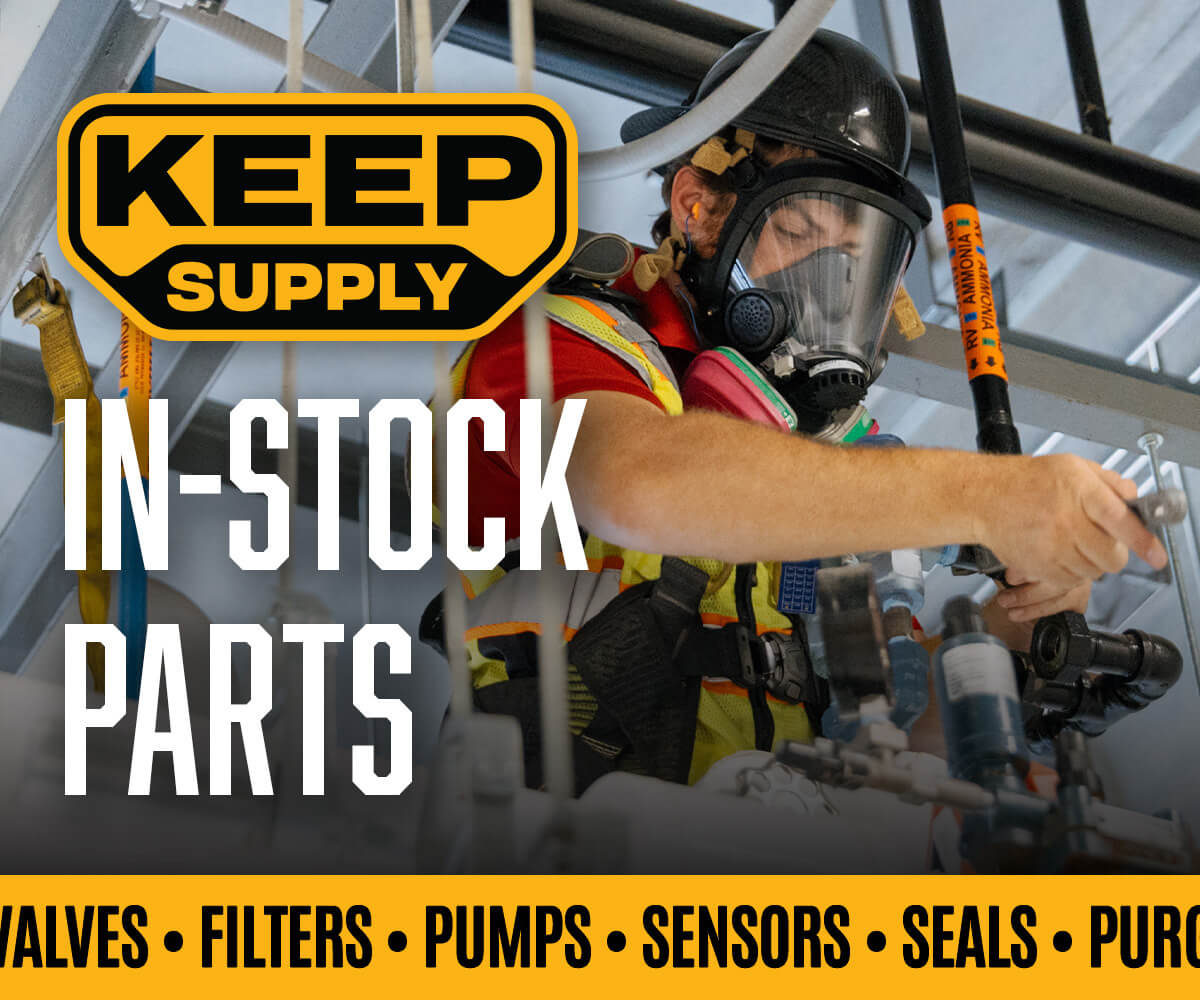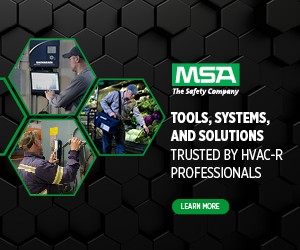IIAR Improves Safety and Operations with Ongoing Research and Standards
CURRENT RESEARCH PROJECTS
The IIAR Research Committee currently has three active research projects, said Bruce Nelson, president of Colmac Coil Manufacturing and chairman of the Ammonia Refrigeration Foundation. “Each of these projects follows a well-defined work statement that was first developed and approved by the Research Committee, reviewed and approved for funding by the ARF Board of Directors, and then sent to prospective researchers soliciting their proposals to do the work,” he said.
The research committee reviews each proposal and then selects the successful bidder. Each research project is managed by a project monitoring subcommittee appointed by the research committee chair, Nelson said. The current chair is Wayne Wehber.
The project monitoring subcommittees are made up of people on the research committee and anyone with a significant interest, said Eric Smith, technical director at IIAR. “I encourage people to get involved if they have a particular interest in a research project or a particular type of expertise that might be applicable.” Current research projects are:
Machinery Room Ventilation and Ammonia Release Computational Fluid Dynamics Study:
The study aims to evaluate ventilation system designs and requirements for mitigating the chance of deflagration during accidental ammonia releases in machinery rooms. The research’s potential benefits include reduced capital costs, improved safety, and greater consistency in design practice. The study is being performed by Gexcon US, with Dr. Scott Davis as the Principal Investigator. Work began in March 2020 and is expected to complete by June 2021.
A Step-by-Step Guide to Estimate Ammonia Releases and Reporting:
The project deliverable is to generate an IIAR step-by-step guidance document and accompanying spreadsheet calculator that will aid end-users dealing with ammonia releases. This work is being conducted by Bent Wiencke and is due to be completed by June 2021.
“The idea is to provide an easy-to-use methodology and computer spreadsheet program to report ammonia releases,” Smith said. “It will provide an easier way to estimate release amounts and guidance on what the report should contain.”
Smith said the tool should also help companies avoid over-reporting. “Some people make a report out of an abundance of caution, so they aren’t fined later, but the next thing you know, they’re reporting all kinds of incidents that might unnecessarily raise a red flag to regulators. That isn’t good either,” he said.
Development of a Design Basis for the Avoidance of Hydraulic Shock in Ammonia Pipework Systems using State of the Art CFD Modeling:
CFD modeling of ammonia suction lines at the moment of hot gas defrost initiation is being conducted to analyze condensate induced hydraulic shock (CIHS) phenomenon. The research is being undertaken by Chidambaram Narayanan, at AFRY in Switzerland.
Smith said it builds on an earlier ASHRAE research project on condensate induced hydraulic shock. Currently, Narayanan is validating the CFD model to confirm the results match work that was previously conducted through ASHRAE research at Georgia Tech on hydraulic shock in ammonia piping. The modeling program is also being verified against a well-documented incident involving CIHS.
“Once the validation step is completed, the model will be used to characterize and identify pipe dimensions and operating conditions that produce hydraulic shock in ammonia piping. The deliverable from this project will be a set of design guidelines that help designers of ammonia refrigeration piping systems avoid hydraulic shock during hot gas defrosting,” Nelson said. These deliverables are expected to be incorporated in our ammonia training literature and the Piping Handbook.
RECENT RESEARCH PROJECTS
IIAR recently completed a project studying insulation installation techniques. “It resulted in a report by the researcher on appropriate practices for installing insulation to both preserve the integrity of the insulation and the integrity of the system itself,” Smith said, adding that the report has been crafted in a soon-to-be-published guideline on the installation of the most common insulation systems. “The point is to protect owners’ investments and ensure the quality of insulation systems. Smith added that the guideline provides the installation techniques as well as quality-control methodology and basic guidance on maintenance.
Additionally, recent ARF-funded research on pressure drop in wet suction risers resulted in revised design calculations and tools, which were published in the recently revised ammonia Piping Handbook.
RESEARCH FUNDING
All of the research is funded by the Ammonia Refrigeration Foundation. “The ARF exists to fund education through scholarships and research projects of importance to IIAR members,” Nelson said. “ARF is funded entirely by donations from individuals, companies, and other foundations.”
Nelson said every research project put forward for funding must have well defined deliverables that are of compelling and urgent importance to the IIAR membership. “Deliverables can take a number of forms including important new design data for our handbooks, new science-based justification for changes to our safety standards, tools to help our end-user members with compliance issues, energy efficiency analysis and guidance, etc.,” he said.
An ARF research project’s cost can exceed $150,000, said Joe Mandato, chairman of the ARF board of trustees. “Annual budgeting for research projects is based on the amount of funds available,” he said. “These funds are generated from the Foundation’s investment income and donations received.”
Donations include pledge payments from existing trustees who are in the process of fulfilling their $50,000 pledges, initial pledge payments from new trustees, funds from foundations and individual contributions, Mandato said. “As a result, it is important to add new trustees each year to increase the funds available for the foundation to expand its research program in terms of the number of approved projects and/or the complexity of the projects approved.”
Mandato said the COVID-19 pandemic adversely impacted ARF fundraising efforts in 2020. “Since July 1st, we have added only one new ARF trustee,” he said. “I’m hopeful companies are in a better position to join the ARF Trustees now that COVID-19 vaccine distribution has begun. All IIAR member companies can support the foundation by becoming ARF trustees and designating their donations be used for research or by funding specific research projects, Mandato said.
















